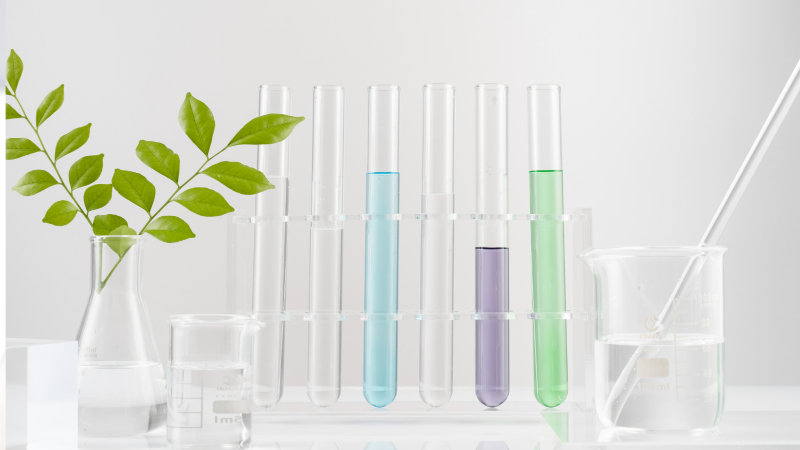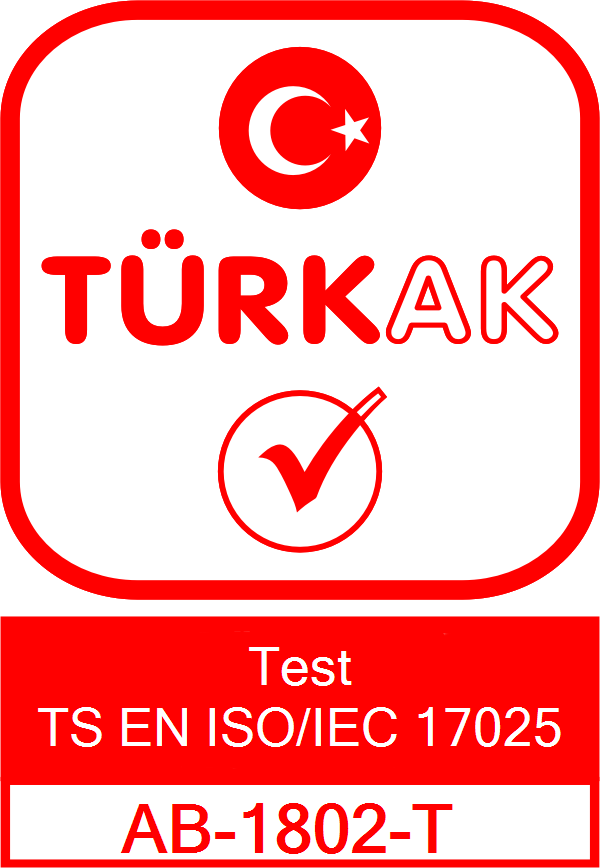
Stand Out in Product Quality with Volatile Organic Compound (VOC) Testing
Stand Out in Product Quality with Volatile Organic Compound (VOC) Testing
Contents
In industrial and consumer products, one of the most critical quality and safety indicators is the presence of Volatile Organic Compounds (VOCs). These chemicals can negatively affect both human health and the environment. Through proper testing, you can not only mitigate these risks but also enhance product value. VOC testing is a key step for legal compliance and brand credibility.
What Are VOCs?
VOCs are carbon-based chemicals that evaporate easily at room temperature. They are commonly found in paints, adhesives, cleaning agents, textiles, and plastics. Even if odorless, they can contaminate the air and pose health hazards such as respiratory issues, allergies, and in some cases, carcinogenic effects.
Risks Associated with VOCs
- Indoor air pollution
- Eye, nose, and throat irritation
- Increased asthma and allergy risk
- Potential carcinogenic impact
- Environmental pollution (photochemical ozone formation)
Industries That Require VOC Testing
| Industry | VOC Source |
|---|---|
| Paints and Coatings | Solvents |
| Furniture and Wood | Coatings, adhesives |
| Textiles | Printing and finishing chemicals |
| Automotive | Interior plastics, upholstery |
| Cleaning & Personal Care | Perfumes, sprays, detergents |
How Are VOC Tests Performed?
1. Sample Preparation
Samples from products or packaging are enclosed and left to release VOCs under controlled conditions.
2. GC-MS (Gas Chromatography–Mass Spectrometry)
This is the most widely used method to identify and quantify VOCs. It provides both qualitative and quantitative results.
3. TVOC (Total VOC) Measurement
The total concentration of all VOCs is measured and evaluated against safety thresholds.
Regulations and Compliance
Strict VOC limits are enforced in the EU and U.S. markets. In Turkey, VOC testing is conducted in accordance with national environmental regulations and TS EN 16516 standard.
Conclusion
VOC testing is essential not only for product quality but also for environmental and public health. Ensure your products are safe, sustainable, and export-ready by prioritizing VOC analysis.
Frequently Asked Questions
Which products require VOC testing?
Paints, adhesives, textiles, and cleaning chemicals often require VOC testing by law.
How long does the test take?
Generally, test results are ready within 5 to 7 business days.
Are the results internationally recognized?
Yes. VOC tests conducted by accredited labs are accepted globally.

